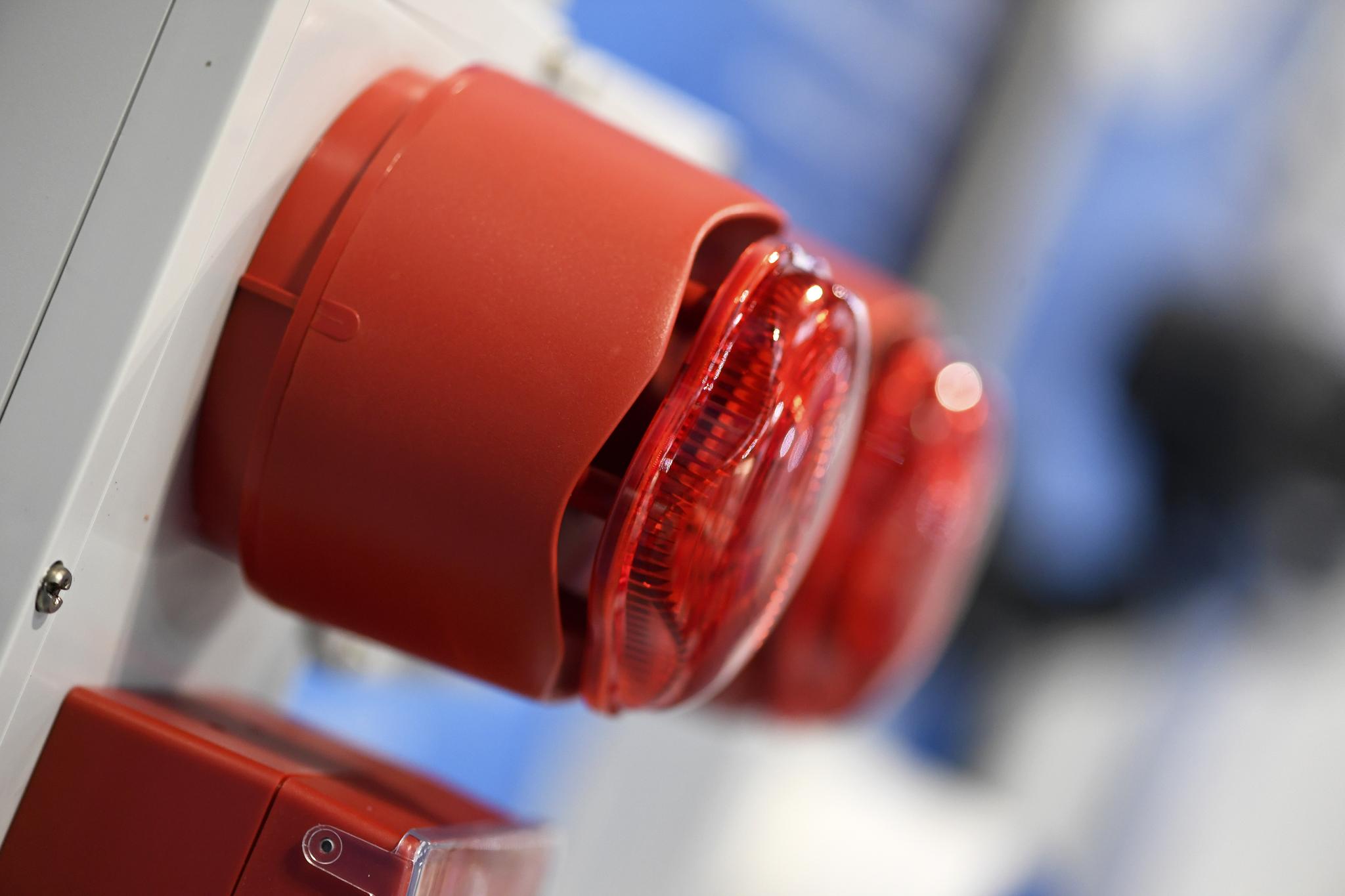Why Wireless Fire Tech is Manna from Heaven for Fire Professionals
)
With the fire industry facing unprecedented challenges as the Fire Safety Act 2021 and PAS 9980 come into force, Ollie Murray – our National Sales Manager (South) – looks at how wireless technology could be the answer to many prayers.
With fire systems specifiers and installers facing responsibilities under the Fire Safety Act 2021 and PAS 9980, which are now being legally enforced as 16 May 2022, it pays to not only know law, but also how you can achieve compliance as quickly and efficiently as possible. End clients, who have new legal responsibilities of their own to consider, are under pressure themselves, so they are also pressing installers to help them achieve compliance with the updated legislation and best practice. The good news is that, from replacing Waking Watch to monitoring defective cladding, wireless fire devices can provide the answer to multiple challenges.
A large percentage of any fire system installation is taken up by the planning, specification and positioning of cable runs and containment, which takes up time that many professional installer no longer have to spare. With new regulations forcing Responsible Persons to update or replace systems outside of the normal maintenance cycle, the need to make good any collateral damage from the installation process can also be both costly and time-consuming, and that’s before we consider the impact on residents and building users. With wireless devices, which can be programmed offsite and installed in minutes, all of these issues are solved at a stroke.
Latest technology
Over the past decade, wireless fire systems have gone from a niche alternative to the first choice for many fire installers and end clients. Not only do they reduce upheaval and time on site, they are also the equal of, or superior to, any wired alternatives in terms of performance, quality and reliability. With automated testing and a battery life of up to 10 years, they are also no longer the compromise that they once were and, in this era of urgent demand for the fire sector, they are truly coming into their own.
The best thing about wireless devices is that they are fully compliant with industry standards and open protocol fire panels from the likes of Advanced, so not only are they ideally suited to new fire systems, they can also be used to expand existing ones, such as in a building with defective cladding where a silent/stay put system covering communal areas needs to be expanded into a engineered solution covering individual residential units. Then, once the building is rectified and the fire system reverts to stay put, they can be repurposed as part of a BS8629-compliant evacuation control system for use by the Fire and Rescue Service.
Waking Watch
Where defective cladding and other issues have caused an urgent need for enhanced fire safety measures, Waking Watch was the first and most obvious solution, but it remains both expensive and over-reliant on human input, which is not always the best way to detect a fire. Wireless devices can be used to either upgrade an existing fire system or to install a new one, meeting the needs of the building until a permanent physical solution can be accomplished, and offering enhanced peace of mind to building insurers.
Measures such as this are important, not only in terms of financial savings compared to Waking Watch, but also in terms of logistics. Even though the Fire Safety Act in now being enforced, the process of rectifying all blighted buildings in the UK is not going to happen overnight. In fact, with only a limited number of professionals in the construction sector able to remove and replace cladding, it could take a decade or more. Therefore effective (and cost-effective) solutions, such as wireless fire systems, are a vital tool in the overall effort to finally overcome the post-Grenfell crisis.
High alert
For buildings where an enhanced state of alert is required, wireless devices can provide a simple and rapid solution that is either permanent or temporary. In addition to the examples given above, there might also be a requirement to monitor any openings – such as windows or balcony doors – in walls with defective cladding, in which case a wireless heat detector could be mounted within the opening and linked to the existing fire system in order to provide rapid detection and flagging of any fire incident within that area.
Similarly, where apartment entrance doors do not meet the newly updated specifications, or where compartmentation is known to have been compromised, wireless detectors could be placed to provide peace of mind and early warning of any incidents. All of these tasks could in theory be undertaken by wired devices, but this would involve major disruption for residents, add costs in terms of cabling, and take time, which is the one thing that most fire professionals no longer have.
Enhancement or Replacement
Where the existing wired system in the building is no longer fit for purpose in terms of updated regulations, but is otherwise in full working order, wireless devices can be used to facilitate a rapid and efficient enhancement. The most common example of this, outlined above, would be the expansion of the existing landlord system in a building with fire safety issues to create a simultaneous evacuation system, signalling a full building evacuation in the event of a fire alert. This is far from ideal, especially in a high-rise residential building with a single means of escape, but is nevertheless seen as safer alternative to stay put polices where building defects have been discovered.
The revised Part 1 system can, of course, include additional elements such as strategically-placed heat sensors mentioned above, and additional features, such as wireless remote indicators at entrance doorways, can also be considered. Thanks to wireless, updating and expanding the system becomes a rapid and simple task, instead of a complex and expensive one.
When the building is finally ‘fixed’ and all physical reparations have been made, the new regulations state that it should revert to the traditional ‘Stay Put’ system, but with a BS8629-compliant system covering all apartments, alongside a traditional Part 6 system in residential areas. In this case, the wireless sounders in each apartment can be repurposed as part of the evacuation system, and any devices that are no longer needed can be quickly and simply removed, with no more ‘making good’ required than a couple of screw holes in the ceiling.
A simple solution
I haven’t really focused on the capabilities and features of wireless fire devices in this article, because all you really need to know is that devices produced by Hyfire and other companies are fully in line with all relevant guidelines and standards, which means that, so far as the law is concerned, they are interchangeable with wired alternatives. This means that you don’t need any additional certifications to install them, and you can specify them secure in the knowledge that if a wired device is fit for purpose, its wireless equivalent will be too.
In an industry under pressure, where time is an increasingly rare and valuable commodity, the question is moving from “Why should I use wireless devices?” to “Why wouldn’t you?”. In fact, wireless fire technology can answer so many of the challenges faced by UK fire specifiers and installers, particularly with relevance to the multi-unit residential sector, that it is rapidly becoming a case of “You’d be mad not to!”.


.png)
.png)
.png)
.png)

